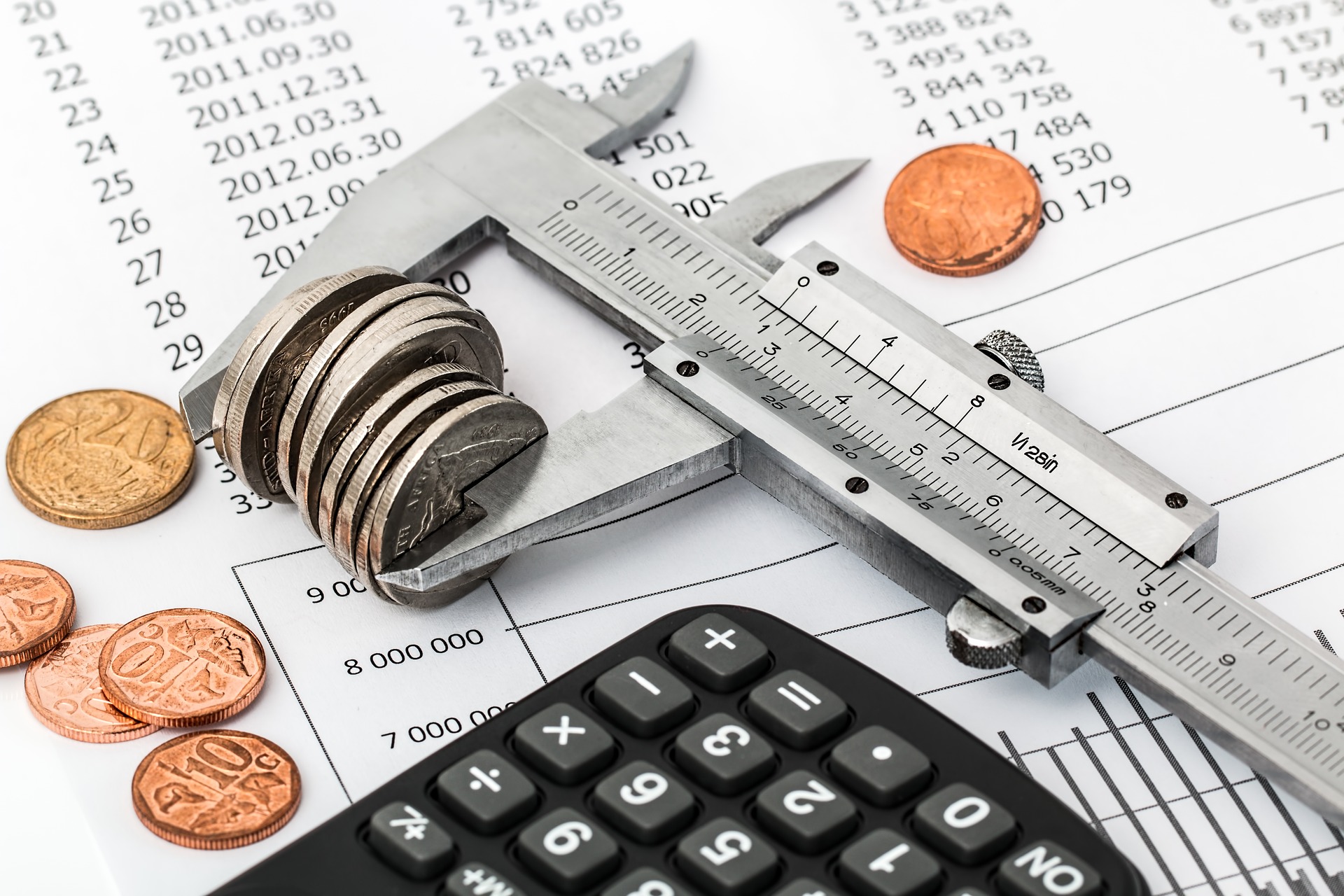One of the biggest selling points for ETFs is that they're mostly pretty cheap, but that doesn't mean you shouldn't consider costs when you're picking ETFs for your portfolios. Seemingly small differences in costs can make a surprisingly large impact on long-term returns - that's thanks to compound interest.
Provider's charges
The most obvious element of cost is the charges that are levied by the ETF provider - companies like iShares, Vanguard and WisdomTree. There are several different measures of these costs including the Ongoing Charges Figure (OCF), Total Expense Ratio (TER) and the Annual Management Charge (AMC). The definition of each measure is slightly different and the OCF is most comprehensive, so it's probably the best one to focus on.
But if you can only find the TER for a particular ETF, then use the TER figure. Just make sure that you also use TERs when you're comparing that ETF with other ones.
The very cheapest ETFs in Europe now have an OCF of just 0.04% which is astonishingly cheap. That means you'll only be paying 40p a year to the provider if you have an investment worth £1000. If, for example, you're comparing ETF A with an OCF of 0.04% and ETF B with an OCF of 0.07%, you don't need to worry about the cost difference between the two, they're both super-cheap.
But if you're comparing the previously mentioned ETF A (0.04%) with a much more expensive ETF C (0.64%), then cost does become more important. With ETF A, you'd pay £10.90 in total charges over a 20-year period whereas with ETF C, you'd pay £130.33 in total. Of course, this assumes that the value of the ETF is unchanged over 20 years which is extremely unlikely. But you get the point.
The ETFs with the lowest charges tend to be the 'plain vanilla' ones that track a well-known index such as FTSE 100 or the S&P 500. If the ETF is tracking a more esoteric index, say the Peruvian stock market, then you'd expect a higher charge.
You'd also expect to pay more for a 'smart beta' ETF. These are ETFs that focus on different investment strategies such as value or low volatility.
Trading costs
When you buy or sell an ETF, you're going to have to pay a trading charge to your broker or fund supermarket. These charges will depend on which broker you use. The best way to minimise trading costs is to do as little trading as possible. In an ideal world, you'll buy shares in a nice, cheap ETF, it'll perform well for you and you won't see any need to sell the ETF for 20 or 30 years.
Spread
Ideally you want the difference between the 'buy' and 'sell' price for an ETF to be as low as possible. If there's a big difference, you'll take a hit when you come to sell your investment.
As a general rule, the spreads for larger ETFs tend to be narrower than those for smaller ETFs. Liquidity also affects the size of the spread. If a fairly large number of shares in the ETF are traded most days, that makes it easier for buyers and sellers to push through fairly large trades and the spread can be quite narrow.
If you want to find out what the spread is for an ETF, the TrackInsight ETF is helpful.
Tracking difference
You might see tracking difference as a cost as well. Tracking difference measures the difference between the performance of an ETF and the performance of the index the ETF tracks. One of the factors driving tracking difference is cost.
That said, tracking difference is also driven by other issues, such as the ETF's construction. For example, does the ETF invest in all the stocks in the underlying index? Or is it constructed on a synthetic basis using options and other derivatives?
If an ETF's tracking difference is large, you could see that as a cost because you're further away from the index you want to follow - that's a cost of the ETF.


